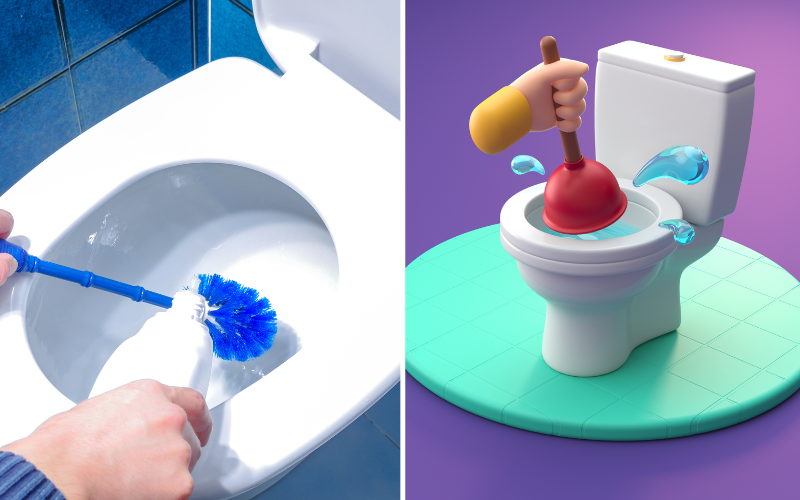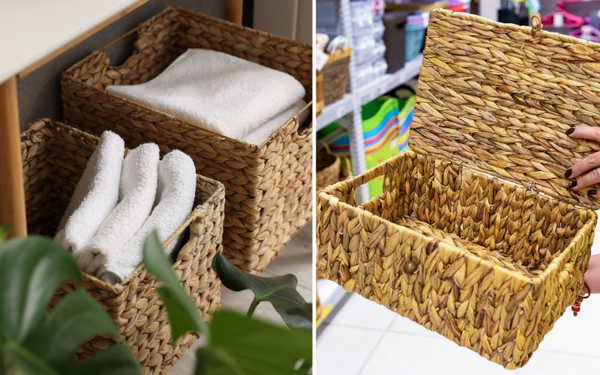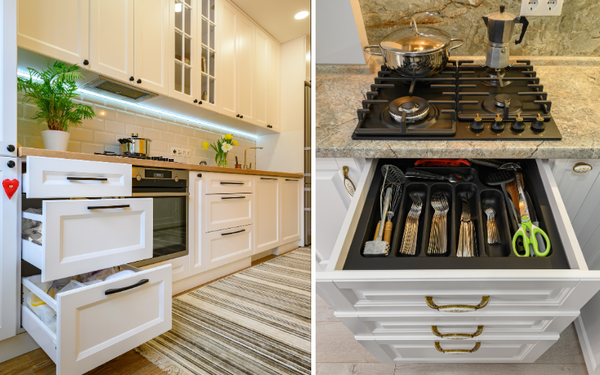Wondering “how often do you need to replace a toilet brush and plunger” to keep your bathroom hygienic? It’s a common question with a simple answer: replace your toilet brush approximately every six months and your plunger roughly once a year, or more frequently with heavy use. But why replace them, and what are the signs they’re past their prime? In this article, we’ll walk you through what triggers a replacement and how to maintain your bathroom allies for maximum longevity.
Key Takeaways
- Swap out your toilet brush every six months and your plunger typically once a year, or every six months if used frequently, to keep your bathroom germ-free.
- Keep these tools clean between replacements; disinfect your toilet brush with a bleach bath and your plunger with a bleach or vinegar solution after each use.
- For an updated cleaning routine, consider eco-friendly and efficient alternatives like silicone brushes or disposable toilet wands, which may offer better hygiene and convenience.
The Lifespan of Toilet Brushes and Plungers

If you can’t recall the last time you replaced your toilet brush or plunger, you’re far from the only one. Many of us don’t realize that, like toothbrush heads or disposable razors, these bathroom essentials need to be replaced regularly to maintain optimal hygiene. Plastic toilet brushes should generally see the old heave-ho every six months, while plungers often follow suit on an annual basis, or every six months with frequent use.
You may wonder why this is necessary. It’s simple: the name of the game is sanitation. Over time, bristles fray, odors linger, and germs may take up residence. Plus, the effectiveness of these tools can wane, leaving you with less-than-sterling results. Pay close attention as we delve into the details of brush and plunger lifespan.
Toilet Brush Longevity
Utilizing your toilet brush means more than just fighting visible dirt; it’s a crucial part of maintaining your bathroom’s cleanliness. However, no brush is immortal. The typical six-month replacement mark is a good rule of thumb. Yet, for those bustling households or post-illness scrub downs, you may need to lay your brush to rest sooner.
What indications suggest it’s time to replace your toilet brush? Bristle damage, lingering odors, and any unsightly mold or mildew are your cues. Remember, the goal is a sparkling toilet bowl, not a dirty brush that’s lost its cleaning mojo. So keep an eye out, and don’t hesitate to replace that brush when duty calls.
Plunger Durability
Much like a marathon runner’s career, your plunger’s lifespan is admirable, but it doesn’t last forever. Annually is your benchmark for replacement, but with a plunger that’s seeing more action than usual, every six months might be a safer bet. The durability of your plunger is a delicate dance with the quality of its materials, frequency of use, and the TLC you give it.
If you notice the rubber parts wearing thin or the suction power starting to flag, consider it a white flag of surrender. Cracks, tears, and reduced elasticity are the plunger’s way of saying, “I’ve plunged my last loo”. Regular inspection after each use is vital since an effective plunger is your prime defense against dreaded clogs.
Proper Care and Maintenance
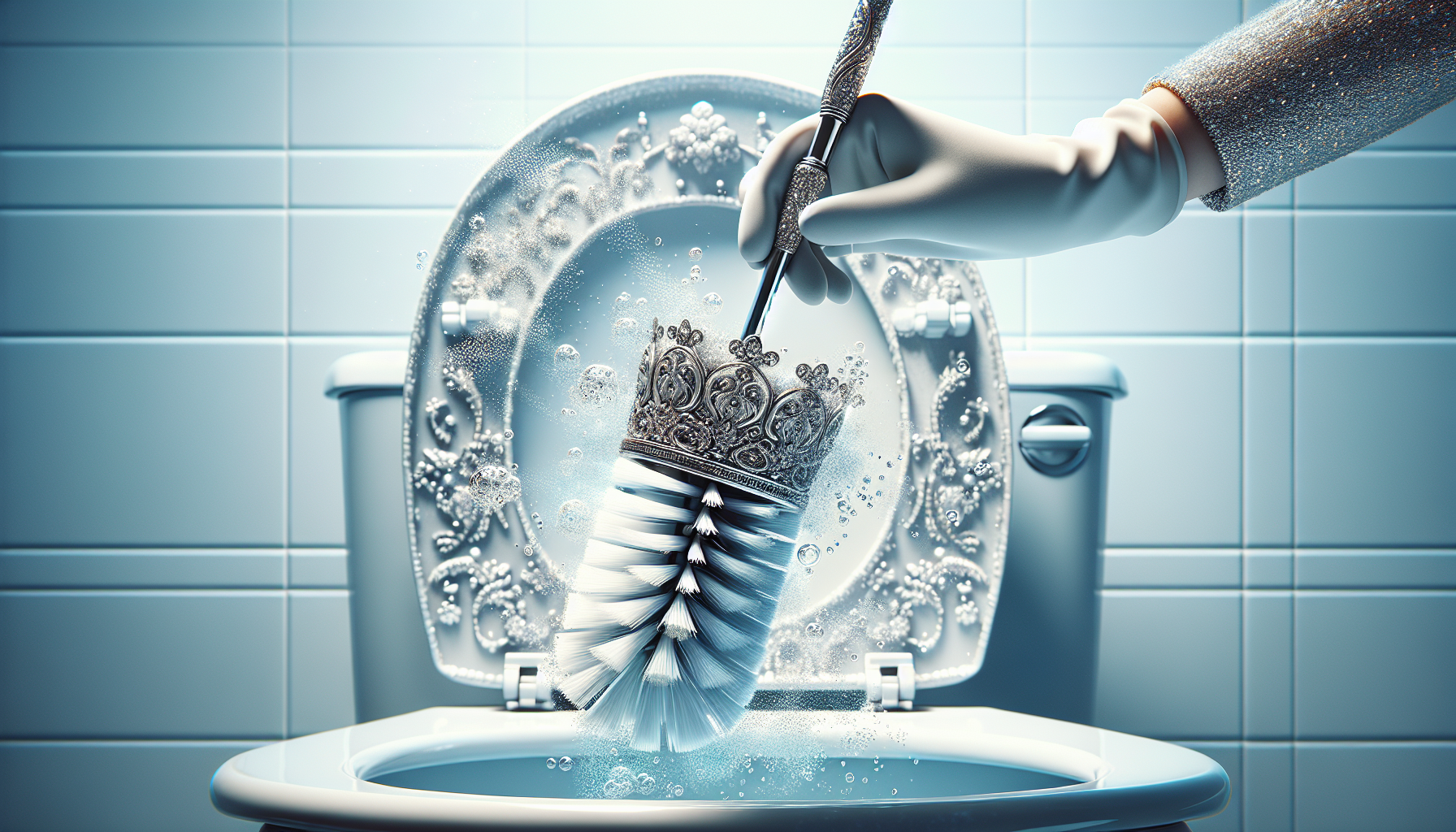
Hold on! Before you discard your bathroom aids, let’s discuss how to keep them in optimal condition. Sanitizing your toilet brushes isn’t just good practice; it’s a cornerstone of bathroom hygiene. And while the need to replace is inevitable, with a little love and attention, you just might prolong their service in your sanitation squadron.
Whether you’re a single dweller or managing a full house, the level of use will dictate the frequency of your brush and plunger’s retirement. Much like washing your hair or wearing shoes, there’s no one-size-fits-all advice. But cleanliness is next to godliness, so roll up your sleeves—it’s time to get down to the job of maintaining your cleaning arsenal.
Cleaning Your Toilet Brush
Your toilet brush takes a beating, so giving it a thorough clean is the least you can do. Here’s how:
- Start with a hot water rinse.
- Follow with a bleach bath for about 10 minutes to disinfect and say goodbye to those unwelcome bacteria.
- Let it dry by cleverly trapping the handle under the toilet seat, allowing the brush head to air out over the bowl.
Don’t forget the toilet brush holder; it’s a germ’s secret hideout. A weekly spa treatment of boiling water and soapy water should do the trick, capped off with a spritz of disinfectant spray after a good rinse. It’s a simple ritual that can make a world of difference in the hygiene stakes.
After all, a clean brush is a happy brush, and a happy brush means a cleaner toilet for you, ensuring efficient use of toilet paper.
Maintaining Your Plunger
Your plunger, while not quite as high maintenance, still deserves a dose of germ-killing attention. A plunge into a bleach and water concoction will do wonders for its germ-fighting prowess. If you’re leaning towards the eco-friendly side, a splash of apple cider vinegar will serve as a natural disinfectant, thanks to its acetic acid content.
And for the times when you’re in a pinch, a quick spray with an aerosol disinfectant can be just the ticket. A good spray down and air dry before storing it away can keep your plunger ready for action. Remember to give it a once-over with tap water after its heroic efforts in the toilet bowl to keep it from becoming a breeding ground for germs.
Alternative Options for Toilet Cleaning
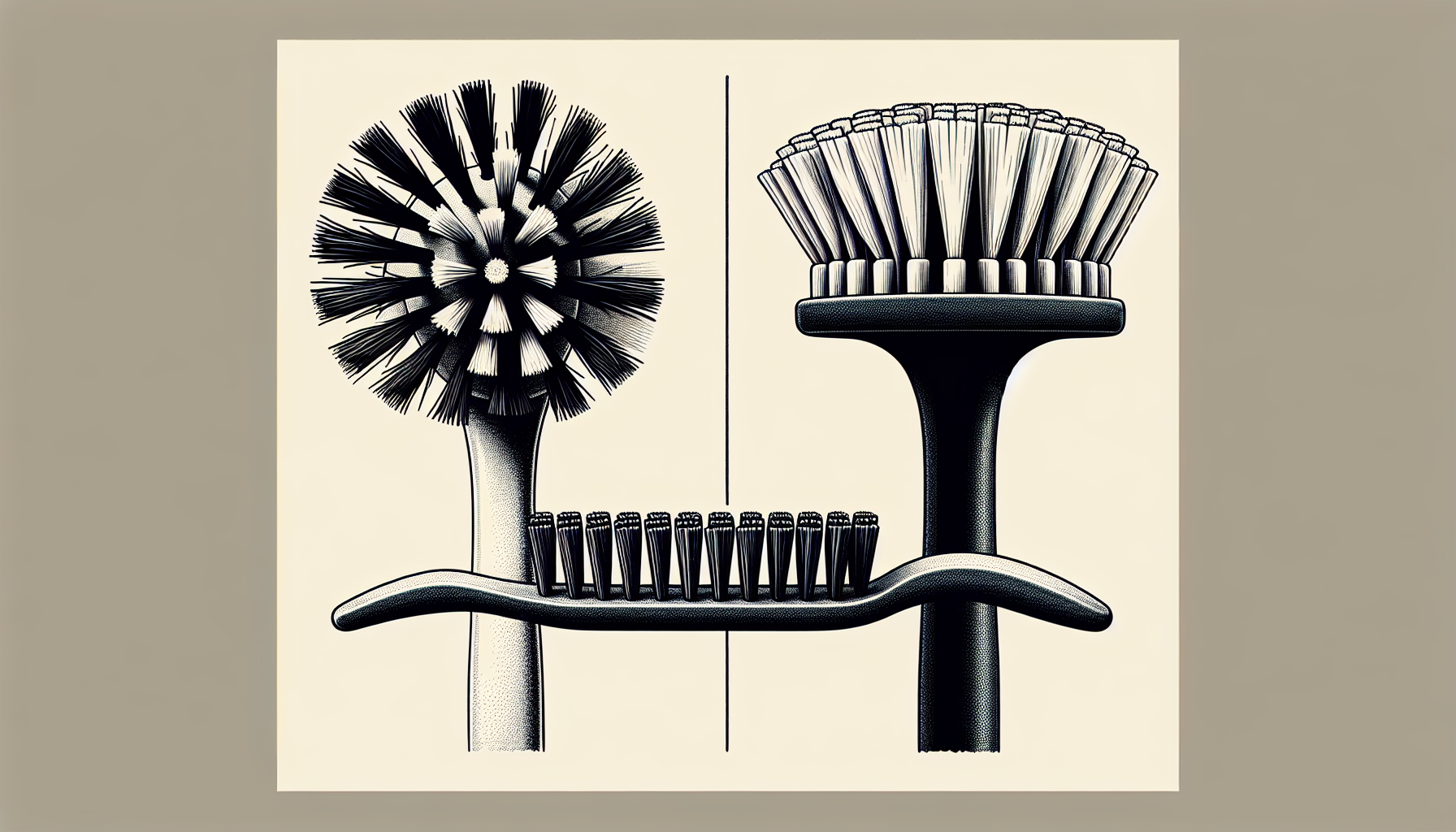
Let’s consider another angle. Have you ever thought about alternatives to the traditional toilet brush and plunger set? Innovations in bathroom hygiene are turning heads with options that can make your routine more efficient and—dare we say—enjoyable. From disposable wands to high-pressure steam cleaners, there’s a whole new world of toilet cleaning out there.
Whether you’re looking to reduce your environmental footprint or just seeking a more convenient clean, alternatives to the traditional toilet brush can save you money and offer sustainable solutions. And who wouldn’t want to swap out a grimy brush head rather than the whole shebang? It’s all about keeping things fresh and hygienic without the added expense.
Silicone Toilet Brushes
Silicone toilet brushes are the new kids on the block, and they’re making waves for good reason. Their non-porous surface means they’re quick to dry and less likely to harbor bacteria—a big win for hygiene. And while they may require a bit more elbow grease to get the job done, they’re gentler on your porcelain palace and won’t leave scratch marks like some of their bristled brethren.
But it’s not all sunshine and rainbows. Some users find that silicone brushes don’t quite pack the same punch when it comes to scrubbing power. So it’s a balancing act: weigh the hygienic benefits against the need for a little extra effort.
Regardless, a silicone brush can be a smart choice for those looking to keep their toilet and conscience clean.
Disposable Toilet Wands
Consider the disposable toilet wand:
- It’s like the superhero of toilet cleaning tools.
- These handy gadgets come armed with preloaded cleaning heads that pack a disinfecting punch, knocking out 99.9% of bacteria and viruses.
- They’re a breeze to use, and you can say goodbye without a second thought—no need to store a dirty brush.
The real beauty of a shower head lies in its ability to minimize germ spread. With a new head for each clean, you’re ensuring that you’re not just moving bacteria around but actually eliminating it. It’s a small change that can make a big difference, especially in households where health is paramount.
So, if convenience is king in your castle, disposable wands might just be your crowning glory, much like the visual appeal of getty images.
Choosing the Right Toilet Brush and Plunger
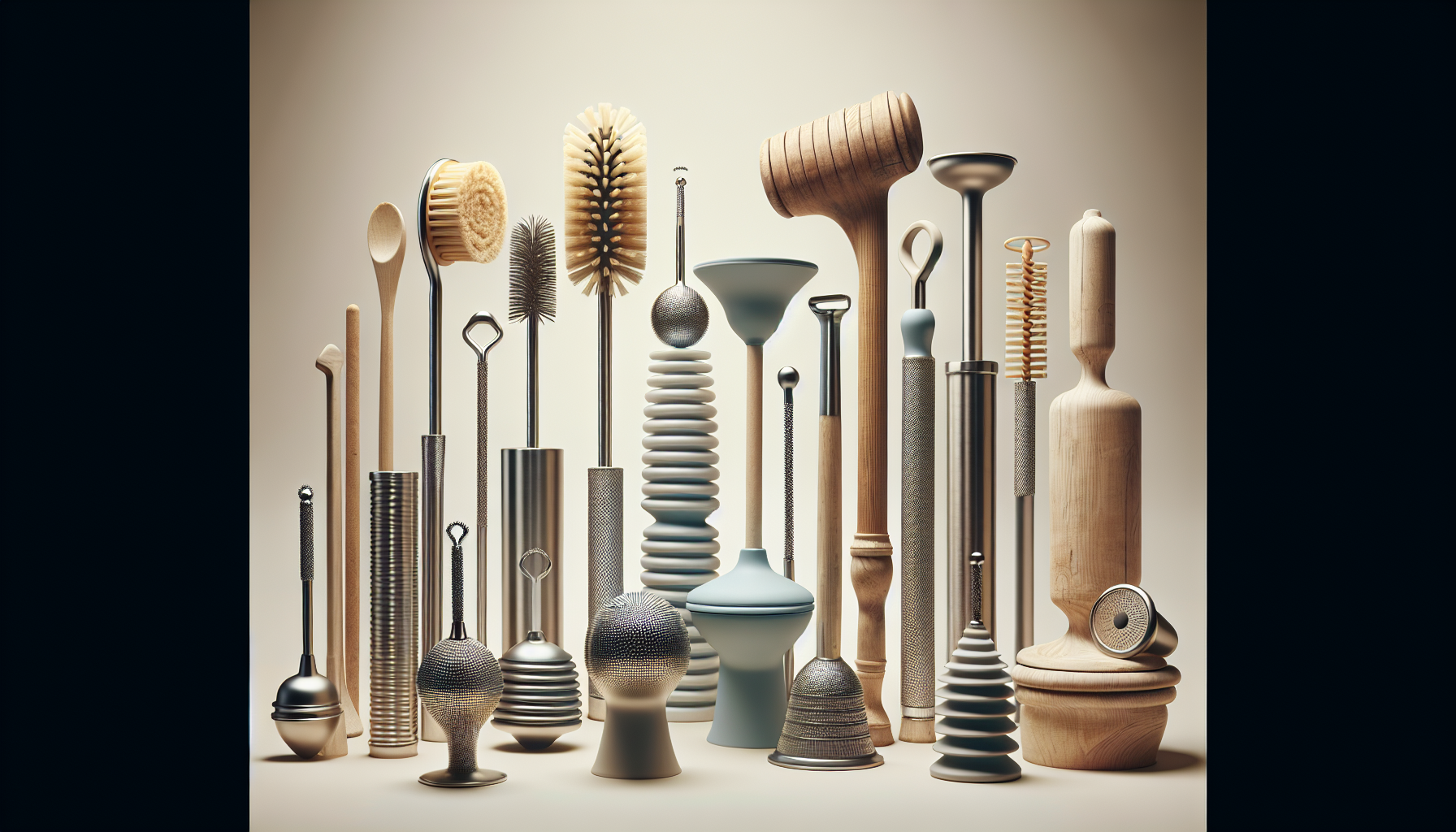
Being familiar with the available tools, how do you select the appropriate ones for your home? It’s not just about aesthetics; it’s about function, durability, and, yes, even accessibility. Take, for example, the Casabella toilet brush and plunger set, known for its heavy-duty performance and non-scratch bristles—a testament to quality design.
But it’s not just about performance. Storage is key, especially in guest bathrooms where you want tools handy but discreet. Price and availability also play a role in ensuring that you can replace your tools without hassle or delay. So take a moment to ponder your bathroom’s needs—it’s worth investing in the tools that will keep it in tip-top shape.
Material Considerations
There’s no sidestepping the fact: the materials your tools are made of are significant. A stainless steel toilet brush, for example, might just outlast its plastic counterparts, stretching the time between replacements and lending a touch of class to your bathroom. Plus, stainless steel doesn’t just look good—it’s also sturdy, and that means your brush will be up to the task, every time.
Design Features
The design of your brush and plunger is just as important as the material they’re made from. Ergonomic handles are a godsend when you’re knee-deep in bathroom chores, helping to reduce strain and make the job a touch more comfortable. And let’s not forget about the bristles—having a mix of stiffness can make all the difference, ensuring you can get under the rim just as easily as you can scrub the bowl.
Take the Casabella set’s brush head—it’s designed to tackle the tough spots with ease. And for those who dread the aftermath of a cleaning session, some holders come with clever features like a weighted hinge to keep that brush head dry and ready for action. It’s the little things that can make your cleaning routine less of a chore and more of a breeze.
Tips for a Cleaner and Healthier Bathroom

Equipped with the appropriate tools and information, it’s time to commit to maintaining a cleaner, healthier bathroom. But it’s not just about the tools; it’s about the approach. From eco-friendly cleaning products that protect your pipes to regular dusting that keeps chemicals at bay, there’s a whole suite of strategies to keep your bathroom sparkling.
While discussing this, let’s not ignore the seemingly minor factors. Bath toys that have seen better days? They’ve got to go. Adopting the habit of not wearing shoes in the bathroom can also go a long way in keeping your space clean. It’s the small habits and choices, like placing a bath mat, that, collectively, make a big impact on the cleanliness and health of your bathroom.
Regular Cleaning Schedule
When it comes to bathroom hygiene, consistency is paramount. Here are some key tasks to keep in mind:
- Regularly clean surfaces to keep germs in check.
- Wash cleaning cloths after each sanitizing session.
- Perform a weekly deep clean to ensure every nook and cranny is sanitized and safe.
But it’s not just about keeping things clean; it’s about keeping them that way. Adhering to a structured cleaning schedule can make the difference between a bathroom that’s just clean and one that truly sparkles. So, whether it’s every six months for the brush head or a weekly scour of the shower curtain, timing is everything.
Proper Storage of Bathroom Items
While storage may not be the first thing you associate with bathroom hygiene, it plays a crucial role in maintaining cleanliness. Bath towels, for instance, need to hang freely to dry completely and fend off the mildew monsters. And your toothbrush? It deserves a ventilated cover to keep it safe from airborne invaders.
But it’s not just about what you’re storing; it’s about where. Keep those surfaces dry to prevent unwanted bacterial block parties. And when it comes to containers, choose wisely—proper ventilation is the secret to a mold-free existence. Remember, your bathroom is a sanctuary, and every item has its place in the grand scheme of hygiene.
Summary
In the grand tapestry of home maintenance, bathroom hygiene might just be the most crucial thread. From understanding the lifespan of your toilet brush and plunger to mastering their care and exploring alternative cleaning options, every detail counts. Choose wisely, clean regularly, and store smartly. It’s about creating a space that’s not just clean but healthy, too. And with these tips in hand, you’re well on your way to a bathroom that’s both a retreat and a fortress against germs.
Frequently Asked Questions
How often should I replace my toilet brush and plunger?
You should replace your toilet brush every six months, and your plunger annually or every six months if used frequently. This helps maintain cleanliness and hygiene in your bathroom.
What are the signs that it's time to replace my toilet brush?
If you notice visible bristle damage, persistent odors, discoloration, or signs of mold or mildew on your toilet brush, it's definitely time to replace it. Don't hesitate to get a new one as soon as you see these signs.
Can I extend the life of my toilet brush and plunger through maintenance?
Yes, you can extend the life of your toilet brush and plunger through regular cleaning using hot water, bleach, and vinegar. Give it a good sanitizing every now and then and you're good to go!
Are there more hygienic alternatives to traditional toilet brushes?
Yes, silicone toilet brushes and disposable toilet wands are more hygienic alternatives to traditional toilet brushes because they are less prone to bacteria buildup and offer convenient solutions for maintaining cleanliness. Try these options for a more hygienic bathroom!
What should I consider when selecting a toilet brush and plunger?
When selecting a toilet brush and plunger, consider durability and materials such as stainless steel, as well as design features like ergonomic handles for better cleaning efficiency and user comfort. This can make a significant difference in your experience and the effectiveness of these tools.
You Might Also Like...
